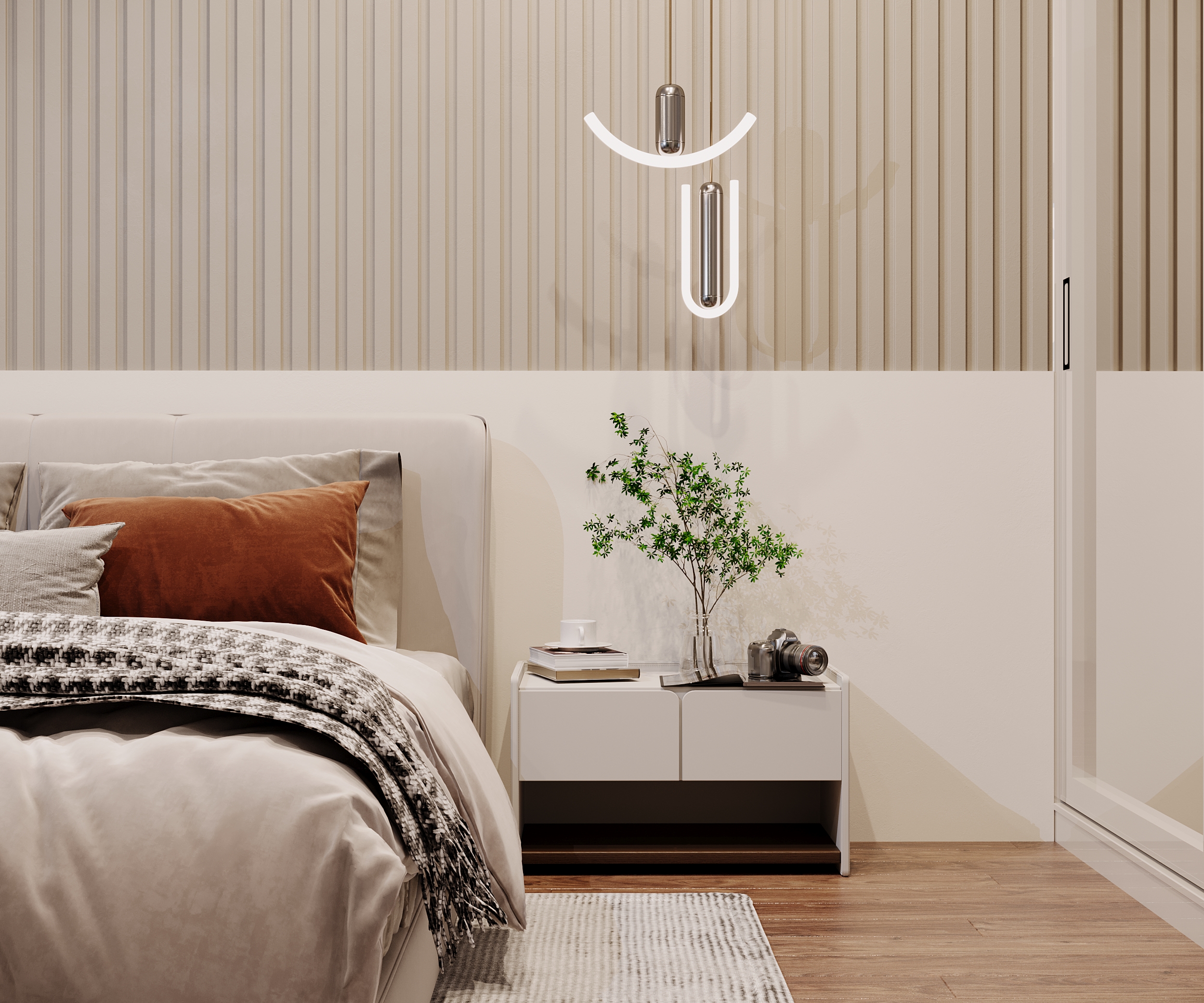When seeking architectural 3D visualization services, many clients focus primarily on price and turnaround time. While cost and speed are important considerations, prioritizing quality should take precedence to ensure the 3D visualizations accurately represent, highlight and properly convey the intent of your architectural design vision.
High-quality 3D visualizations are achieved through meticulous attention to detail at every stage: precise 3D modeling that faithfully follows your 2D plans, careful material applications that match your specifications, deliberate lighting setups that optimize your design features, and advanced rendering techniques that generate photorealistic results. Faster, lower-cost options often compromise on one or more of these quality aspects.

Accurate 3D Modeling
Accurate 3D modeling forms the foundation for high-quality 3D visualizations. Precisely replicating your 2D plans in 3D requires meticulously recreating every design element and spatial dimension accurately. Even minor modeling errors can significantly undermine the final products, distorting spatial relationships, adjacencies and critical design aspects. Look for 3D visualization providers with proven expertise in accurately translating 2D architectural plans into 3D models that precisely reflect the intended design. Ensure your architects and engineers thoroughly review the 3D models for accuracy before materials are applied and rendering begins. The time and effort invested upfront in accurate 3D modeling will yield better 3D visualization outputs.
Material Applications
Meticulous material applications – with refined textures, colors, and finishes that closely match your design specifications – profoundly impact how authentically and effectively the resulting 3D visualizations portray your architectural design. Providers that utilize high-quality material libraries with an extensive range of options will produce superior results. Request examples of previous projects with similar materials so you can evaluate the quality and accuracy of how materials are expressed in renders. Material applications involve subtle judgments that affect realism, so trust providers with extensive experience working with specific materials you intend to use. While general material libraries are faster, physically sampled and tested materials optimized for your actual design will yield the highest-quality 3D visualization outputs.
Lighting Setups
Deliberate lighting setups that involve testing multiple lighting configurations and angles are crucial to revealing the optimal materiality and spatial qualities of your architectural design in 3D visualizations. Subtle adjustments to the number, placement, and type of lights can significantly impact how design features are showcased, surfaces are illuminated and spaces are conveyed. The effort spent getting the lighting setup just right results in 3D visualization outputs that more authentically communicate the experience of your physical design. Look for 3D visualization providers with a track record of creating effective lighting setups that highlight clients’ unique architectural visions. Avoid those that rely on generalized or default lighting settings that fail to optimize the illumination of your specific design.







